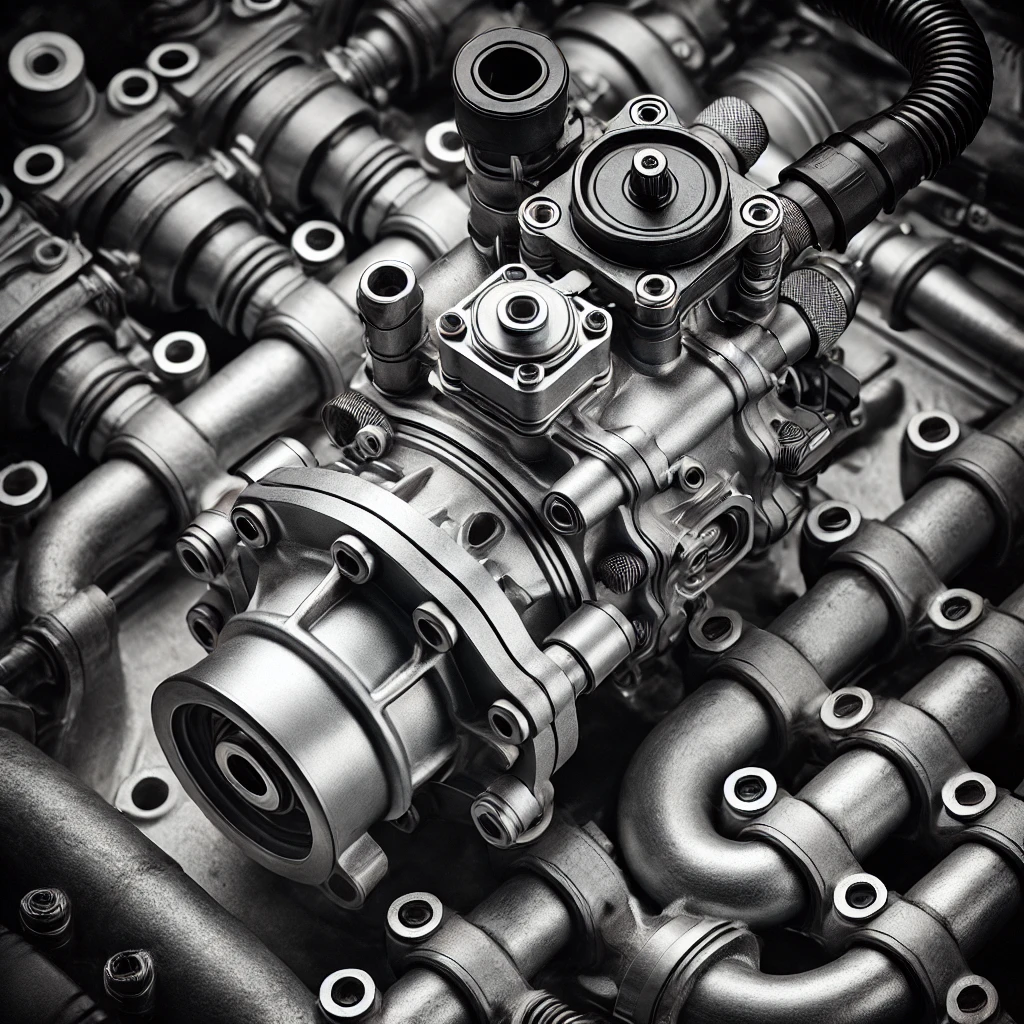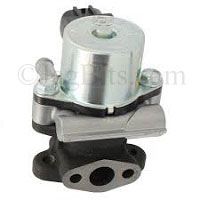By Gary Ilcyn, CEO and Jaguar Enthusiast at Jagbits Inc.
The EGR (Exhaust Gas Recirculation) valve in a Jaguar XF helps reduce emissions by recirculating exhaust gases. If experiencing issues, it may need cleaning or replacement to maintain engine performance and emission levels. Consult a mechanic for proper diagnosis and repair.
Spotting the Warning Signs
As a Jaguar expert, I know that a well-functioning emissions control valve is key to your vehicle’s peak performance. This essential part slashes nitrogen oxide emissions and boosts engine efficiency. Spotting issues early can save you from expensive repairs and keep your ride running like new.
- Diminished Engine Performance: If your car hesitates or loses power, it’s time to check the valve. This crucial component ensures optimal fuel efficiency and engine performance.
- Rough Idling: Don’t ignore rough idling—it’s a red flag. A sticky or failing emissions control valve can wreak havoc on your car’s idle, causing unsettling vibrations and jolts during low speeds or startup.
- Check Engine Light Activation: A glowing check engine light might mean trouble for your exhaust system, possibly pointing to a faulty valve.
- Increased Diesel Consumption: A sudden spike in fuel use could indicate a malfunctioning one, failing to manage recirculated gases efficiently.
- Unusual Engine Noises: Keep an ear out for unusual sounds, especially engine knocks. These noises could signal unburnt diesel igniting at the wrong times due to faulty valves causing poor gas recirculation.

Spotting these signs will boost your driving experience, keeping each trip safe and efficient. Plus, it helps protect the environment from harmful pollutants caused by faulty parts like a failing exhaust gas recirculation system.
Note:
* This article has been peer-reviewed and held to the highest editorial standards.
** Image may not represent actual part.
Selecting A Replacement Emissions Control Valve
Maintaining the superior performance of your vehicle requires careful consideration when choosing the right replacement.
Key Factors to Consider When Choosing Replacement:
- Compatibility is Crucial: Ensure that the part aligns perfectly with your model’s specifications to avoid inefficient exhaust gas recirculation that could harm your engine.
- Prioritize Quality Over Cost: Investing in a high-quality OEM replacement guarantees durability and maintains engine performance without risking damage or frequent replacements.
- Identify the Correct Type: Understand the specific type of emissions control system required for your diesel or gasoline-powered Jag. Diesel engines often need more robust valves due to higher exhaust temperatures and particulate matter content.
- Opt for Advanced Technology: Some newer models feature cutting-edge features like electronic control, which dynamically optimizes recirculation rates based on engine load conditions. Choosing these modern units can boost fuel efficiency and enhance emission control.
Why Compatibility and Quality Matter:
- Seamless Integration Ensured: A compatible replacement seamlessly integrates into your existing setup, preserving and boosting vehicle performance.
- Long-Term Advantages: Opting for a top-tier part reduces future concerns about failures or erratic functionality that could impair driving pleasure or safety.
- Value Preservation:Using genuine Jag OEM parts is key to preserving your car’s resale value, ensuring it remains a sought-after gem when it’s time to sell.
When searching for a replacement, always prioritize compatibility and uncompromised quality while embracing today’s technological advancements. These factors are designed to keep your elegant vehicle gliding effortlessly mile after mile!







